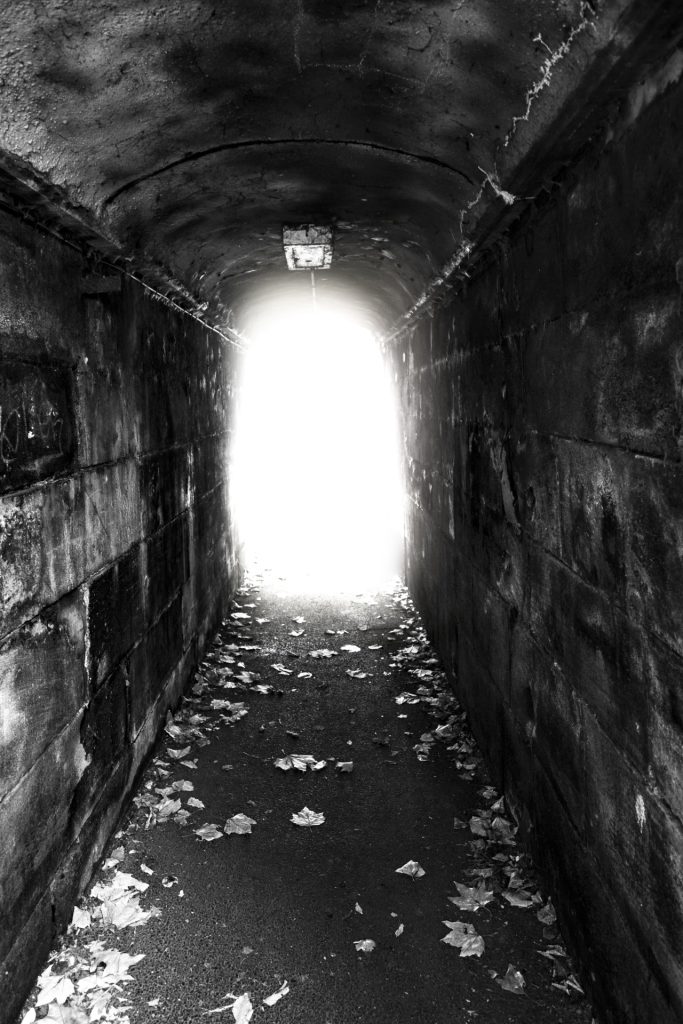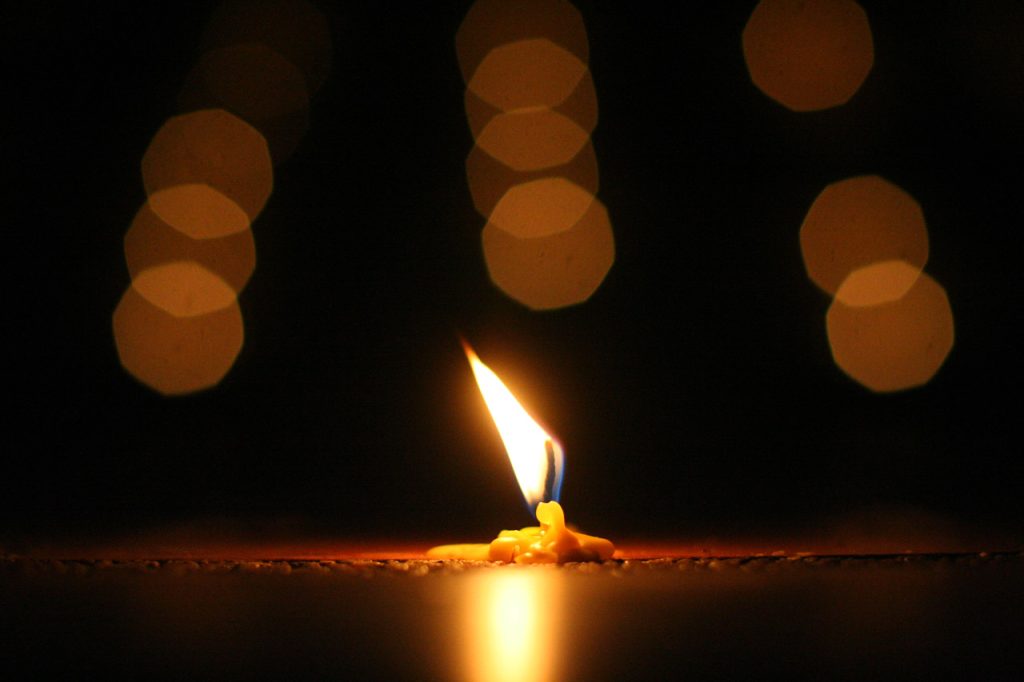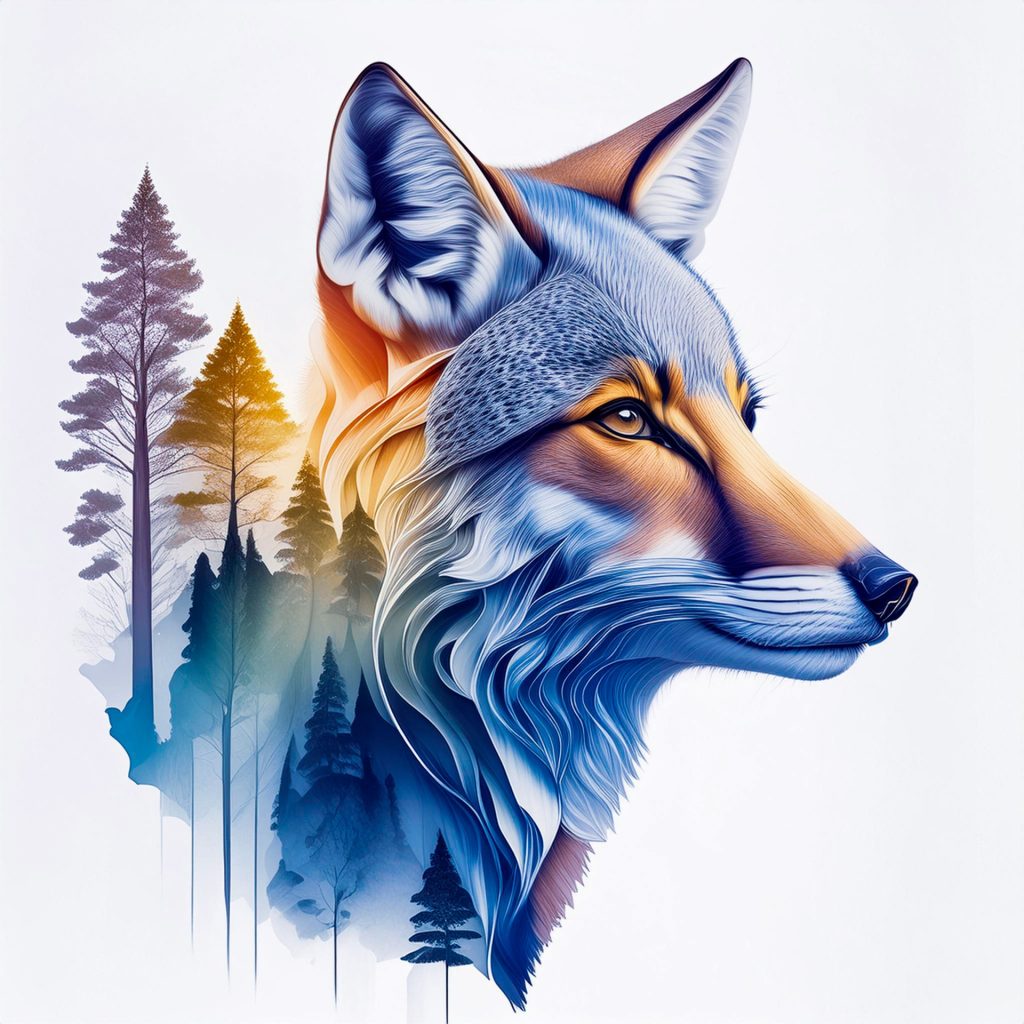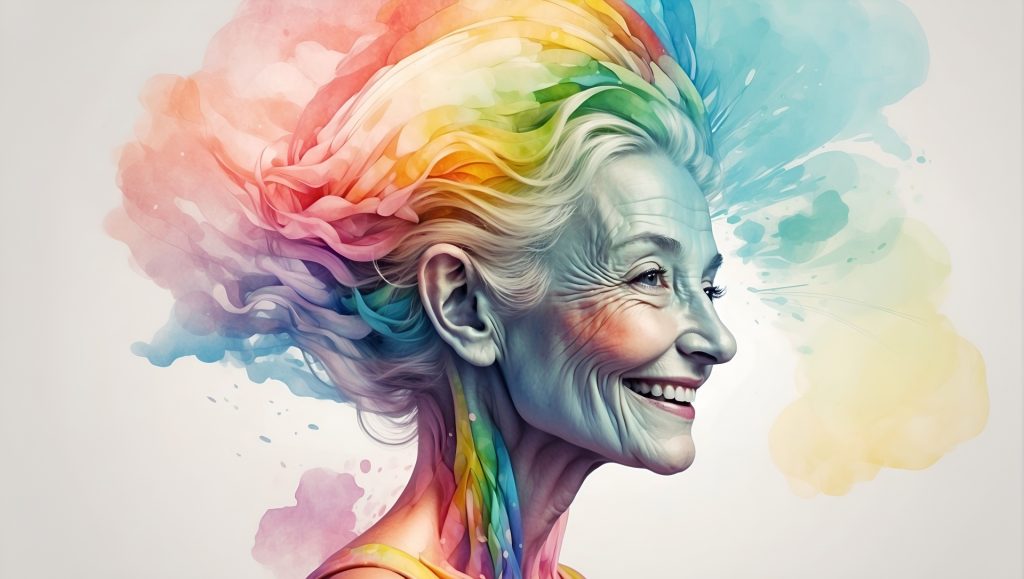
First of all, we’re sharing an announcement from contributor Howard Debs about the upcoming virtual course Writing from Atrocity to Healing: A Multi-Genre Virtual Workshop.
This four session virtual workshop will provide poets and writers of all levels, genres, and backgrounds with the tools to write from their experiences with atrocity, the traumas produced by atrocity, and the healing (personally, communally, nationally) your words can make of it. Featuring Ellen Bass, Jacqueline Osherow, Joy Ladin, Geoffrey Philp, Jehanne Dubrow, among others. Moderated by Andrew McFadyen-Ketchum. Four consecutive weekly sessions (January 7, 14, 21, 28 ).
Each session includes content from the forthcoming book The Wounded Line: A Guide to Writing Poems of Trauma (“ethical concerns and helpful craft elements for writing poems [and other writing] that engage with trauma”) presented by the author Jehanne Dubrow, and session related writing prompts and open review of selected flash fiction, poems, etc. as submitted by attendees. Each registrant receives New Voices: Contemporary Writers Confronting the Holocaust suggested readings from which coordinate with the workshop series. Session recordings will be made available to registrants unable to attend specific sessions upon request. Registration fee includes all four sessions. Limited registration closes December 30. Presented by the New Voices Project, a 501(c)(3) nonprofit organization. newvoicesproject.org and you may sign up for the workshop here.
Now for our issue’s theme, Plumbing the Depths. We look into the varied aspects, not always visible at first glance, of people’s interior and social lives, human societies, the natural world, and our artwork, history, and culture.
Chuck Taylor’s story reminds us about the complex layers of each person’s life, that we are more than our most obnoxious moments. Paul Tristram explores everyday human feelings and interactions in his “street poetry,” claiming them as a worthy literary subject.

Gabriel Kang speaks to the important issue of men’s mental health by illustrating men’s struggles passed down through generations. David Sapp delves into Middle American family life in the 1970s through a cascade of shifting perspectives.
Daniel De Culla laments relationships inside and outside of the church which are exploitative rather than nurturing.
Ivan Pozzoni brings a comically psychoanalytic perspective to digital and analog aspects of modern life. Mykyta Ryzhykh illuminates the internal and external destruction of total war with a landscape suffering from PTSD. Alexander Kabishev evokes the displacement of civilians during wartime in his continuing epic of the siege of Leningrad. Muheez Olawale’s dramatic tale of escape and survival highlights the tragedy of human trafficking and the slave trade. Nicolas Gunter evokes the hopelessness of a person displaced and oppressed within a cruel climate.
Daniel De Culla’s fragmented near-death dream vision excoriates the political and economic power structures of the modern Western world. Noah Berlatsky illustrates the grotesque nature of hate and vitriol through his consciously repulsive imagery. Patricia Doyne excoriates the rising tide of racist and anti-immigrant sentiment in the U.S. Jake Cosmos Aller lambastes the political climate of the United States. Howard Debs preserves the words of and speculates along with the hosts of The View, wondering about Trump’s recent victory. Christopher Bernard suggests that America’s unique mix of cultural values and priorities helped to produce a leader akin to Trump. Bruce Roberts registers disgust at Trump’s voice, attitude, and behavior.
Turgunov Jonpolat describes how he stopped his peers from bullying him by reminding them that they were not all that important in life. Ivanov Reyez crafts vignettes of people determined to live and thrive despite the small and larger cruelties of the world around them.

Nuraini Mohamed Usman’s tale of enemies-to-lovers takes place within a secondary school. Ahmad Al-Khatat describes two broken people finding and healing each other in an unexpected love story. Mesfakus Salahin offers his gentle love to someone for whom he cares very much. Lan Qyqualla poetically immortalizes his late wife Lora in his mythical verse. Taylor Dibbert conveys continuing grief over the loss of a beloved canine companion. Kodirova Barchinoy Shavkatovna mourns the loss of her grandfather’s kind and poetic soul. Faizullayeva Gulasal reflects on how her love and respect for her parents helped her get through sheltering in place during the Covid-19 pandemic. Cameron Carter describes a love that inspires him to become a better version of himself.
Harinder Lamba presents a love story between a couple, their baby, and the Earth as they help our planet navigate climate change.
Michael Robinson leans on the poetic voice of Rumi to describe his spiritual intimacy with Jesus. Brian Barbeito evokes the mystical feeling that can come with staring into the deep daytime or nighttime sky as Sayani Mukherjee offers up a sensuous take on fallen leaves.
Sidnei Rosa da Silva gently chronicles a ladybug’s climb up a sand dune as Muslima Murodova relates the tender tale of a beautiful but short-lived butterfly.
Kylian Cubilla Gomez zooms in on bits of nature and culture from unusual angles, cultivating a sense of childlike wonder. Isabel Gomez de Diego’s work accomplishes something similar with scenes of cultivated nature: sheep on a hillside and seaside lookouts. Raquel Barbeito also gets up and close with nature, sketching outdoor scenes as well as a closeup of a person’s eye.

Duane Vorhees’ poetic speakers merge with nature in their own way in his descriptions of passion and indigestion.
Sarvinoz Quramboyeva highlights the beauty of Uzbekistan and its people’s optimism. Nilufar Anvarova celebrates the beauty of her Uzbek village and the kindness of its people while Ilhomova Mohichehra highlights the goodness of Uzbeks. Mansurova Sarvinoz Hassan, an Uzbek writer, relates her educational and professional accomplishments and thanks those who have supported her.
Zafarbek Jakbaraliyev outlines the language and distribution of the world’s Turkic-speaking peoples. Irodaxon Ibragimova relates the history of the Bekobod area of Uzbekistan. Sarvinoz Tuliyeva elucidates the history and importance of Uzbekistan’s Shaikhontohur Ensemble. Dilbar Koldoshova Nuraliyevna highlights the elegance and history of the Uzbek language as Farangiz Abduvohidova explores proverbs in Uzbekistan’s culture and Shamsiyeva Gavhar celebrates the beauty and rich history of the Uzbek language and its integral role in Uzbek culture. Maftuna Rustamova praises the wisdom of the Uzbek constitution.
Z.I. Mahmud draws out themes of nationalism and civilization vs wild nature in his analysis of Ted Hughes’ poetic works. Ari Nystrom-Rice illuminates the sheer force of nature, rainwater crashing into the sea. Kass evokes images of nature and plant life overtaking cities. Olivia Brody revels in melding with the beach, merging with wind and sand and ice plants.
Niginabonu Amirova blusters about the power of wind to transform a day and a landscape. Federico Wardal celebrates the lush landscapes and many talents of emerging Egyptian painter Nour Kassem. Nathan Anderson highlights the pure blunt force of Rus Khomutoff’s new poetry collection Kaos Karma as John Dorsey celebrates the soft and tender melodies of jazz. Jacques Fleury’s poetic mishmash twists and turns syntax around into a kerfluffle.

Joshua Martin weaves biological and mechanical images into his elaborate syntax-adventurous poetry. Mark Young’s “geographies” adjust, alter, and repurpose images and style elements. Texas Fontanella also probes the edges of conscious thought with his stream-of-consciousness text-message dialogues.
Also through a stream-of-consciousness form, Abigail George recollects personal struggles and a lost love in a poetic and descriptive essay. Lilian Dipasupil Kunimasa shares her own journey through poetry, towards balancing compassion for self with that for others. Bill Tope’s short story calls attention to the silent suffering of many with misophonia, sound sensitivity, through its depiction of a person’s quest for outer and inner peace.
J.J. Campbell speculates through vignettes from his own life on our place in the world, among time, history, and other creatures, and whether we are learning and growing as time passes.
Mahbub Alam compares the cycles of life to stops along a train route, as our world continually moves and changes. Through the tale of good clothes hung up and set aside, Faleeha Hassan reminds us not to save our entire lives for some amorphous special occasion.
Richard Stimac comments on the rhythms of life and human experience through the metaphor of Argentinian tango as Sara Goyceli Serifova rejoices in the look and feel of a long-awaited hopeful night.
We hope this issue will help plumb the depths behind the surface of the headlines and wring some hope from the sodden fabric of the world.
